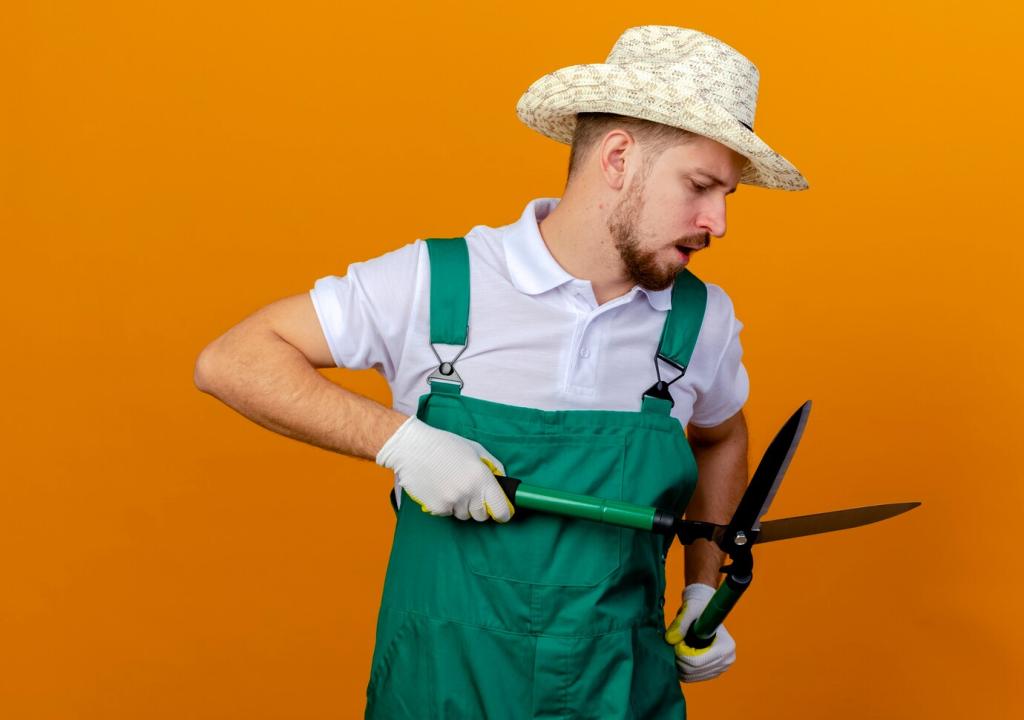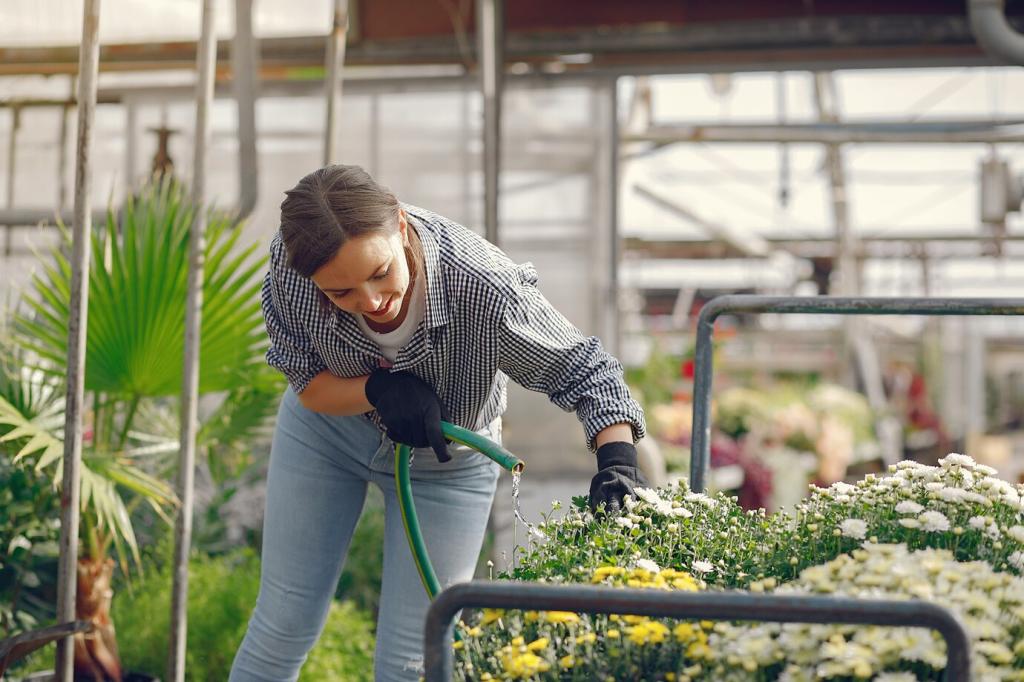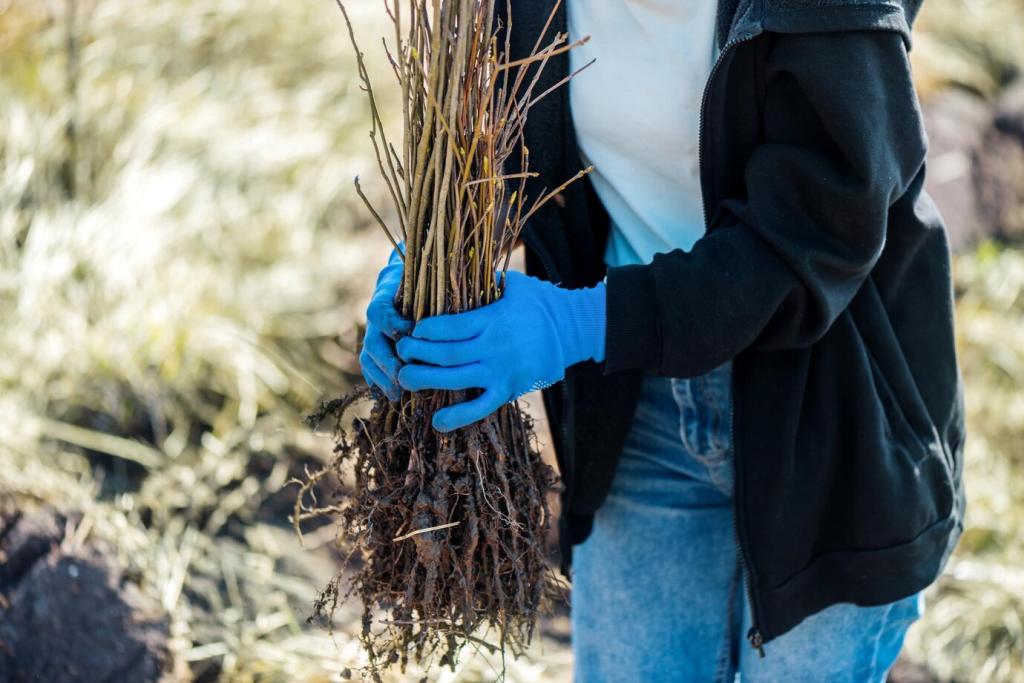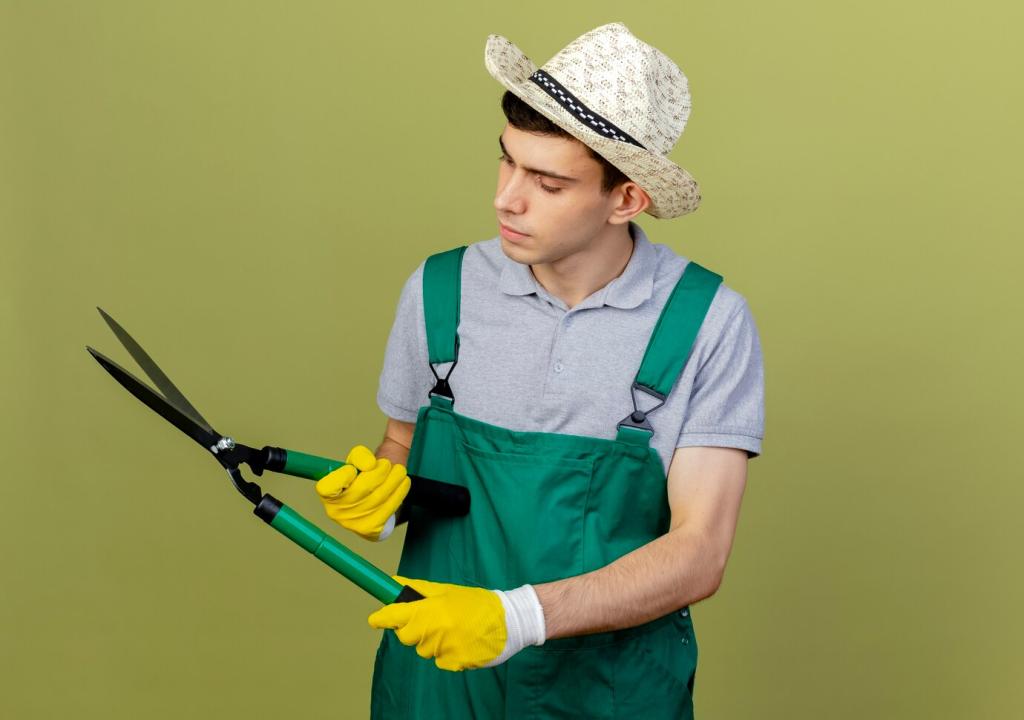Smart Stain Strategies the Planet Approves
For milk, egg, or yogurt, start with cool water and blotting. Apply a biodegradable enzyme cleaner, let enzymes break down residues, then blot again. Avoid hot water, which sets proteins. Drop your timing tips below to help others nail the dwell time sweet spot.
Smart Stain Strategies the Planet Approves
Blot immediately, then mist a light solution of distilled water and white vinegar. Press with a clean cloth, working from the outside inward. Rinse with water and dry quickly. Have a café spill survival story? Share your ratio and results to guide fellow readers.





